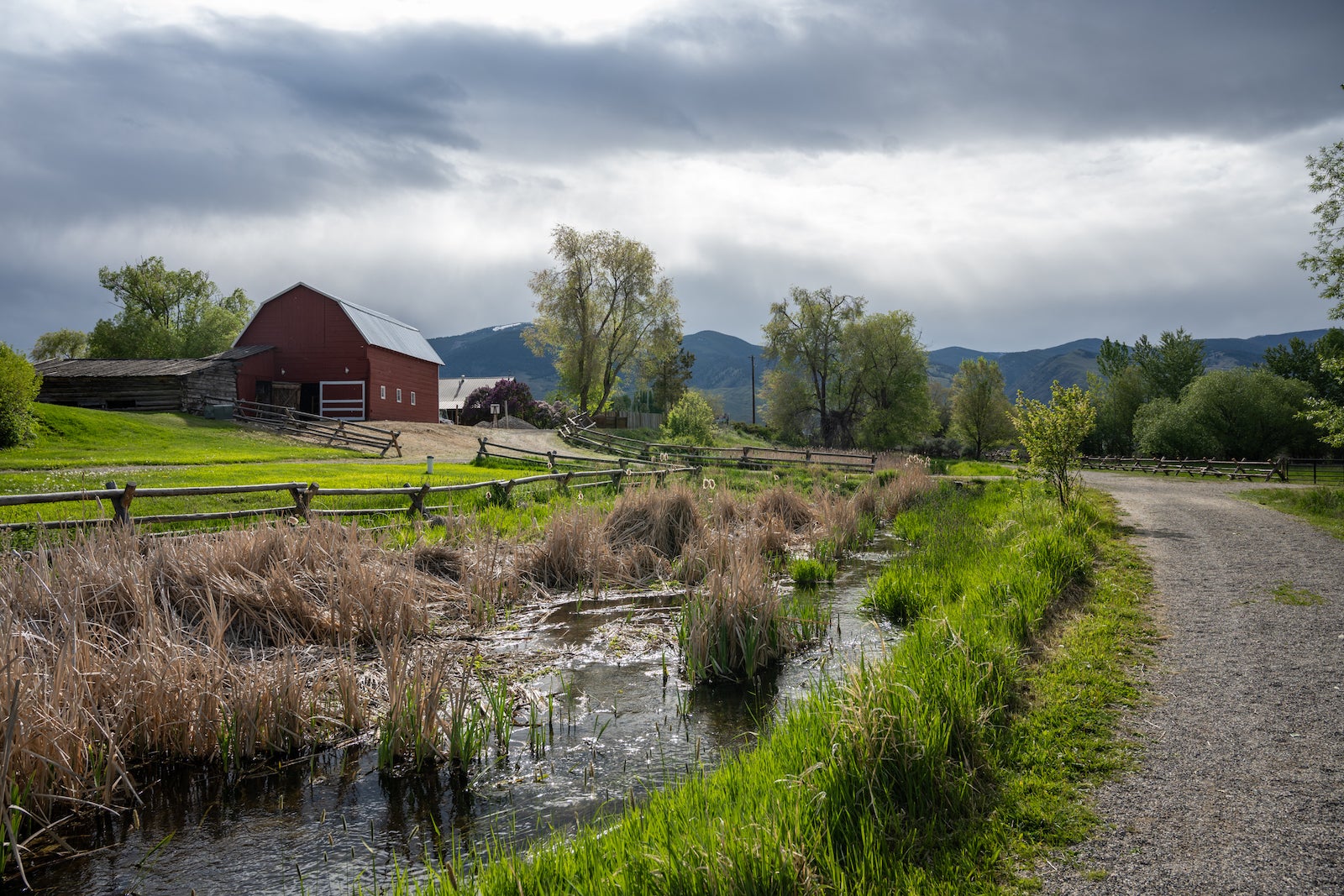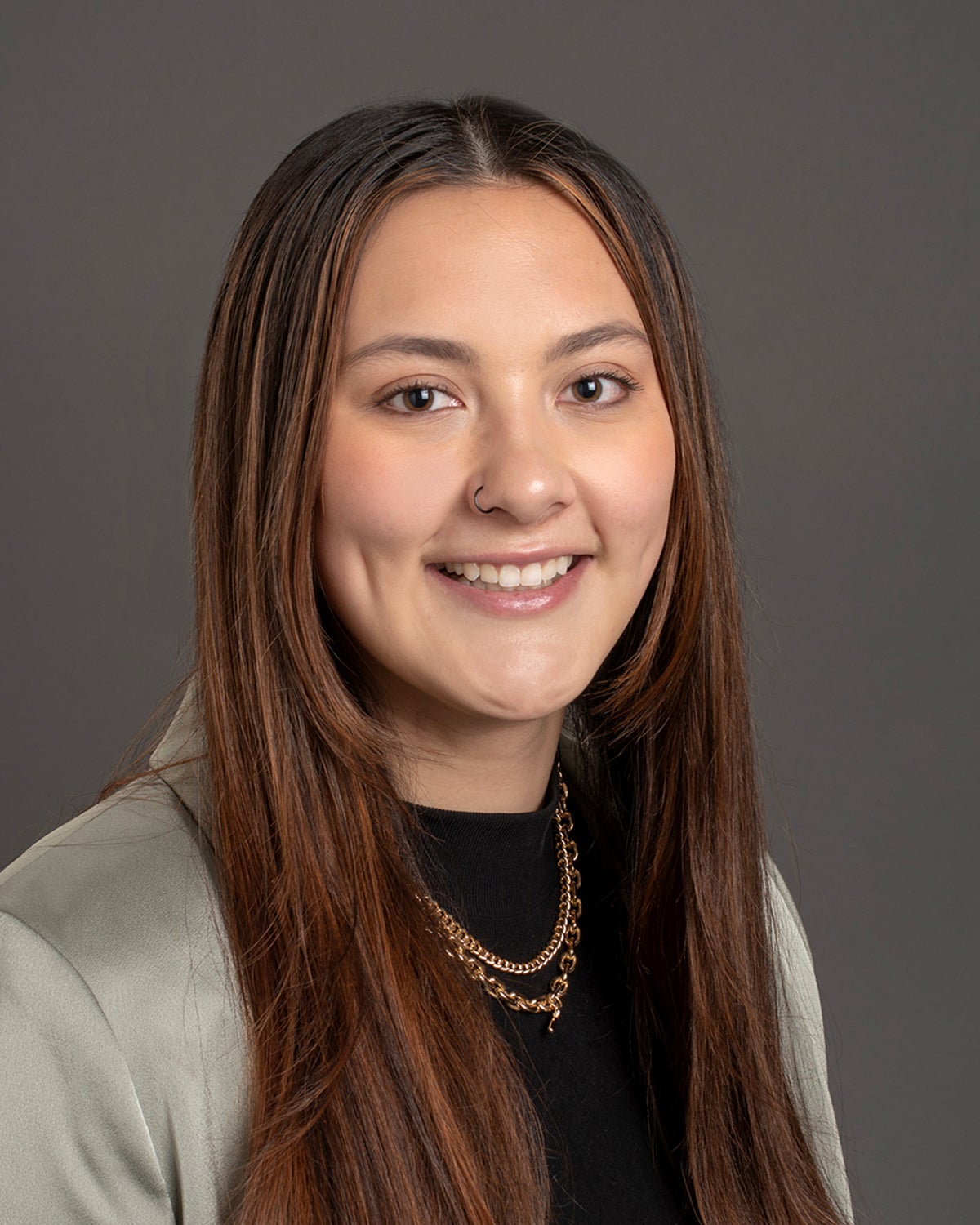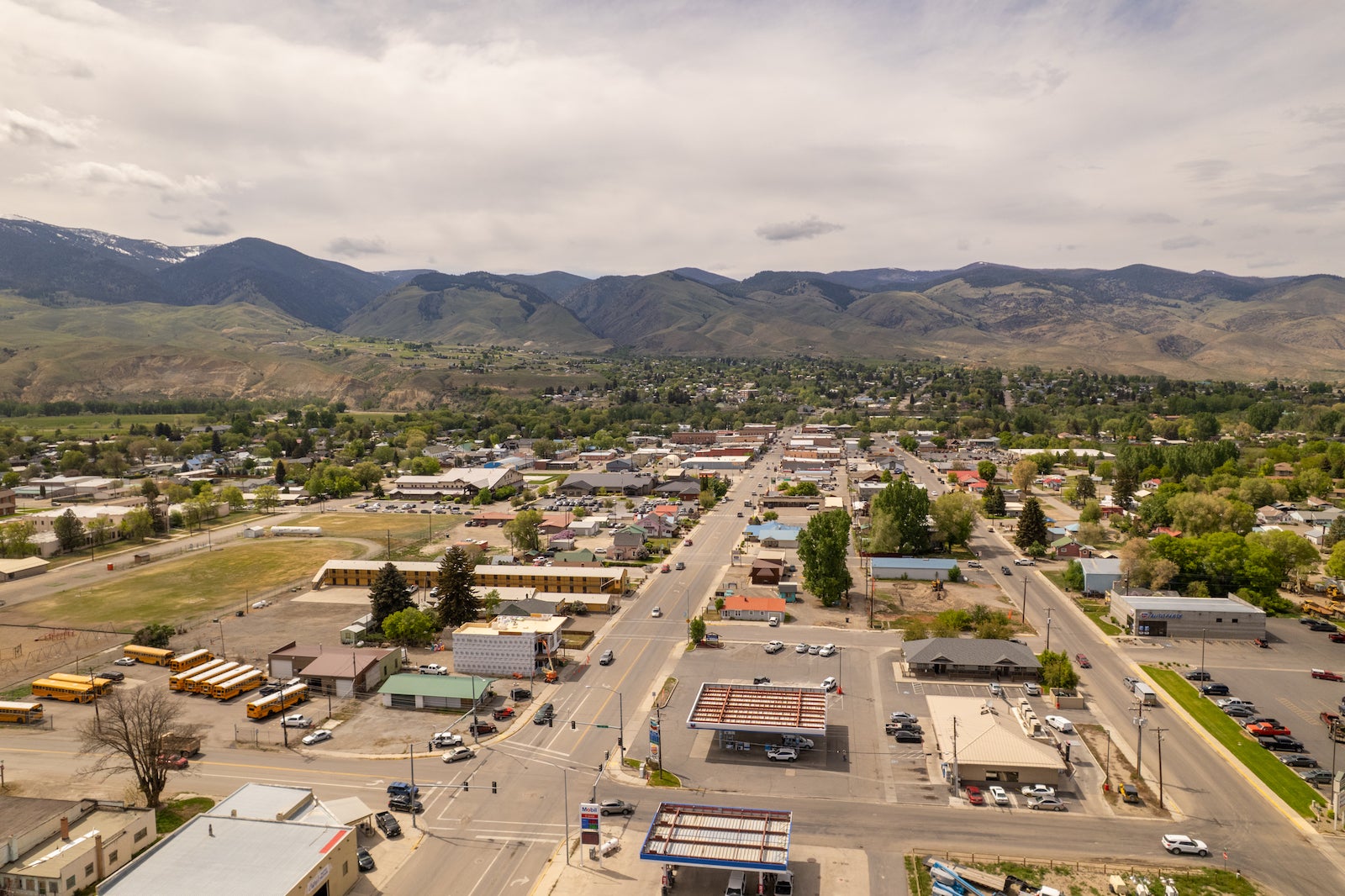
Braelyn Shields grew up in the Treasure Valley, where fourth-grade projects like molding salt dough topographic maps and simulating pioneer life on the Oregon Trail sparked more than just a childhood curiosity, they laid the foundation for a lifelong commitment to place.
Those early experiences shaped a deep connection to her home state and would later steer the course of her academic and professional life.
As the first in her family to attend college, Shields enrolled at Boise State, where she earned a bachelor’s degree in business administration, while also studying global studies and French.
Her love of learning and community building led her to work as the student media advisor and instructor for University Foundations courses, where she mentored students in critical thinking and communication. Teaching and mentoring became a meaningful part of her work, but she also wanted to engage more directly with environmental and community issues in the state.

That led her to Boise State’s Master of Environmental Management program where she is now in her final semesters. Her research focuses on collaborative conservation in rural communities, specifically in Salmon, Idaho.
Her work examines how federal changes in federal staffing, economic shifts and policy adjustments shape opportunities and challenges for local-federal collaboration. She is conducting interviews and reviewing historical data to understand how partnerships with agencies like the Bureau of Land Management and the U.S. Forest Service have functioned in the past and how they might be strengthened going forward.
“Salmon’s almost entire economy relies on natural resources,” Shields said. “The way that they manage it is really important for those local livelihoods who rely on ranching, mining and forestry.”
Beyond Salmon, Shields also contributes to a broader effort to understand Idaho’s rural resilience through I-CREWS (Idaho Community-engaged Resilience for Energy-Water Systems), a National Science Foundation Established Program to Stimulate Competitive Research – known as the EPSCoR initiative.
This statewide award investigates how shifts in the energy-water nexus are impacting Idaho. Alongside former faculty member Jared Talley and faculty member Angie Crawford, Shields is exploring how rural education intersects with shifts in energy-water systems, especially as they relate to future workforce needs.
“When you look at how energy water systems contribute to rural economies, and even in Boise, there is an easy avenue for educators to connect curriculum and materials to the real world due to the locality of dams and other critical infrastructure in rural areas,” Shields said.
But as populations age and young people leave in search of opportunity, those systems face an uncertain future.

“We have trends in rural communities where our populations are aging and students who have a lot of local knowledge are leaving Idaho and they’re not coming back because there’s no perceived work for them,” Shields said. “We have these intricate systems that need people to work on them and part of it starts with education.”
The team is surveying organizations and government agencies to identify what rural education systems need to support STEM education while fostering learning and youth engagement with local systems.
“Being able to protect our land is important,” she said. “But also finding ways to give students the same opportunity to learn about their home and the history of it is incredibly crucial to getting people to care.”
Shields’ work is a synthesis of personal history, professional expertise and a deep respect for the environment. With a strong connection to her home, she hopes her efforts will encourage others to invest in their communities as well.
“I care where I come from and I want to protect it,” she said. “We need to be more mindful of the land we operate on.”
- Article by Zenaida De La Cruz
